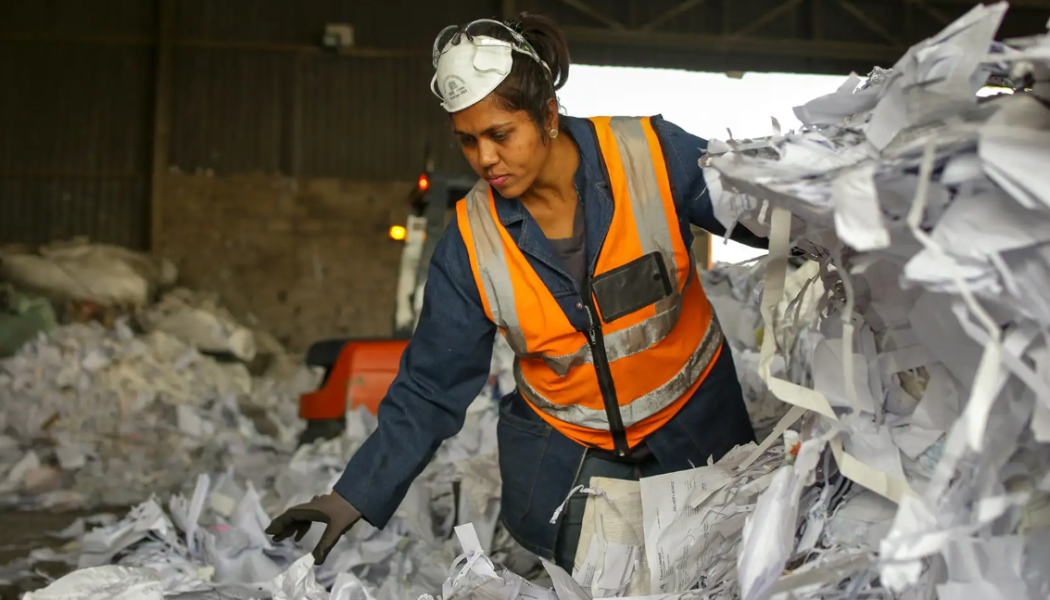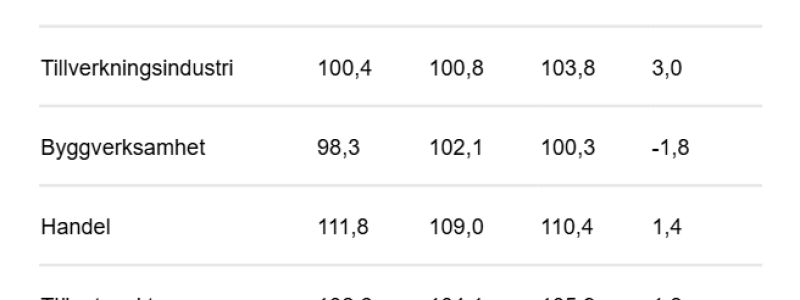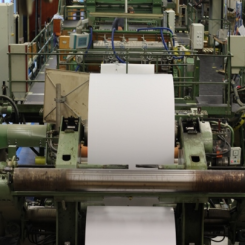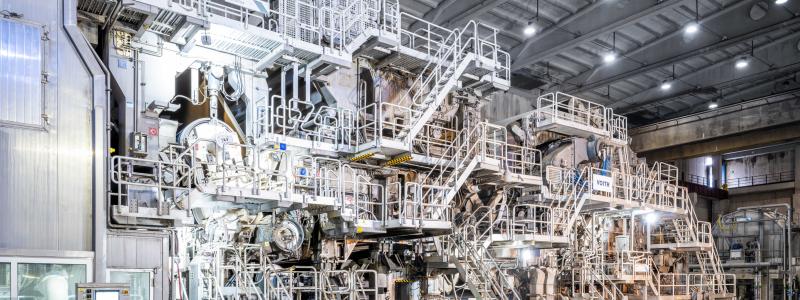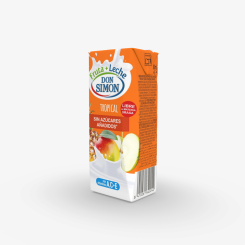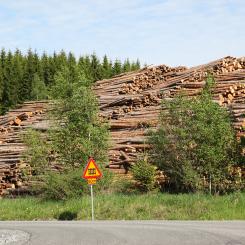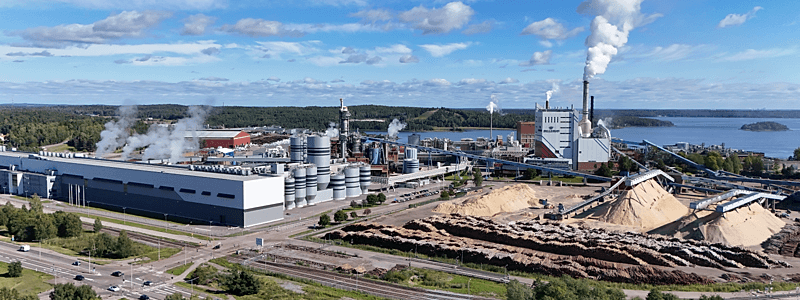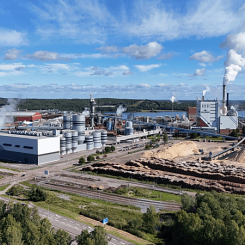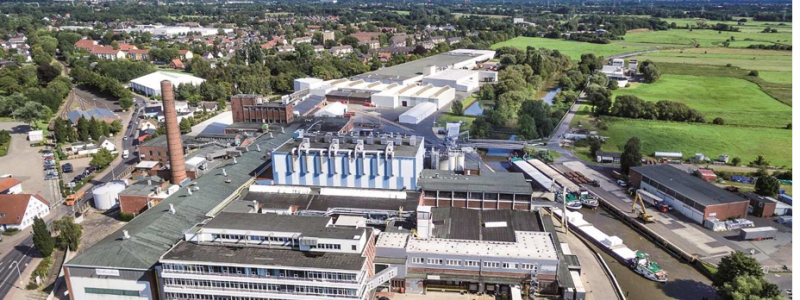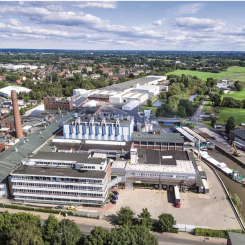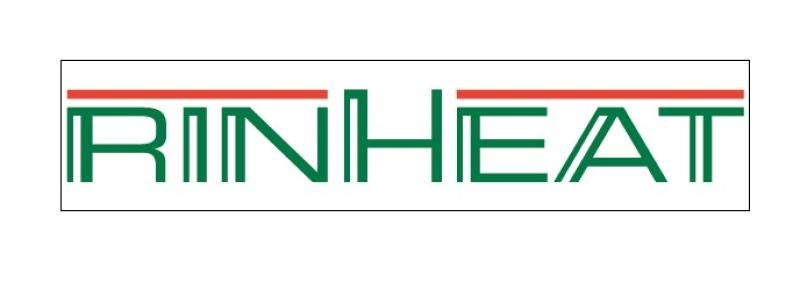South Africa recycled 1.15 million tonnes of paper and paper packaging in 2021, representing a paper recovery rate of 61.4%.
“The 2021 recovery rate reflects a 9% drop on the previous year, which can be attributed to Covid-disrupted supply chains coming out of 2020 and into 2021, as well as a shift in the economy and buying trends,” says Jane Molony, executive director of the Paper Manufacturers Association of South Africa (PAMSA).
South Africa has a largely successful paper recycling economy – with a five-year average paper recovery rate of about 70%. “The country has been using recycled paper as a raw material in tissue and packaging products since as early as 1920,” notes Molony.
The 9% drop does not mean that the country is recycling less paper. There was marginally more paper collected in 2021 than in 2020 (1.10 million tonnes), in fact. However, the consumption of paper and paper packaging increased year on year by 17%, which knocked the percentage out.
Last year also saw more paper products being put into market as brands shifted from plastic to paper packaging. In addition, businesses and schools opened up again.
The association is cautiously optimistic about the 2022 recycling statistics, as quarter one’s numbers are showing an uptick. “Waste paper is a commodity and subject to market dynamics and cycles,” says Molony. “Throughout the world, there has been a significant demand for recycled fibre.”
The country produced 2.1 million tonnes of paper and paper packaging in 2021, imported 760 000 tonnes and exported 545 000 tonnes. This put the apparent consumption of paper and paper packaging at 2.31 million tonnes.
Paper recovery rate explained
Pre-pandemic, some of the South African recyclers and manufacturers secured warehouse space for waste paper so that they could continue to buy stock and meet market demands. “We entered the pandemic period with a surplus of waste paper, however in 2021, this surplus was depleted. This knocked the recovery rate percentage down,” says Molony.
The important aspect to note is that paper has not ended up in the landfills. It is still within the system as stock.
Recoverable paper excludes paper that is unsuitable for recovery such as tissue products, cigarette papers as well as corrugated boxes that leave our shores along with the fruit, wine and other exports. The country exported some 574 000 tonnes of paper packaging in 2021.
Climate-friendly resource
“The use of more pulp, paper and paper packaging should not be frowned upon as a cause of deforestation or being bad for the environment,” Molony explains. “South African pulp and paper mills only use wood fibre from sustainably managed plantations. After mature trees have been harvested, new trees are planted, ensuring sustainable supply and increased carbon uptake and, of course, storage of carbon in harvested wood products, including paper.”
Key to the success of paper recycling is separation-at-source by consumers, including businesses, schools and academic institutions, and the infrastructure to support the collection from consumers. Clean and dry paper is essential. Informal recycling collectors and waste traders will earn a better rate if the paper is of good quality.
“We also need to close the gaps between our technical capacity to recycle, infrastructure to recover and collect, and importantly awareness, education and behaviour change among consumers,” concludes Molony.




